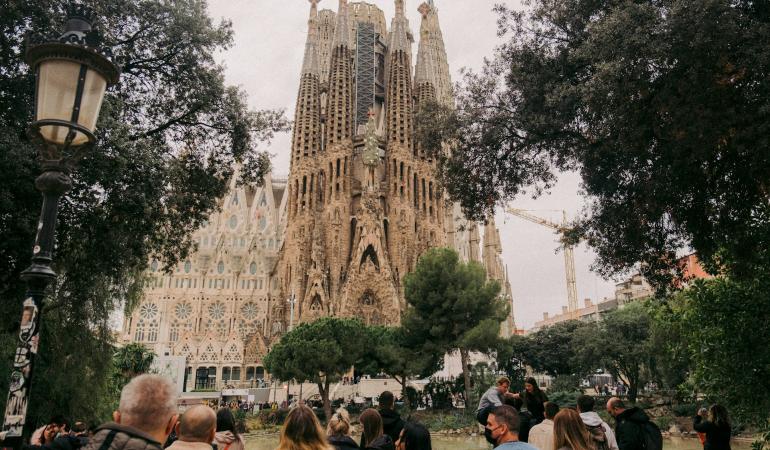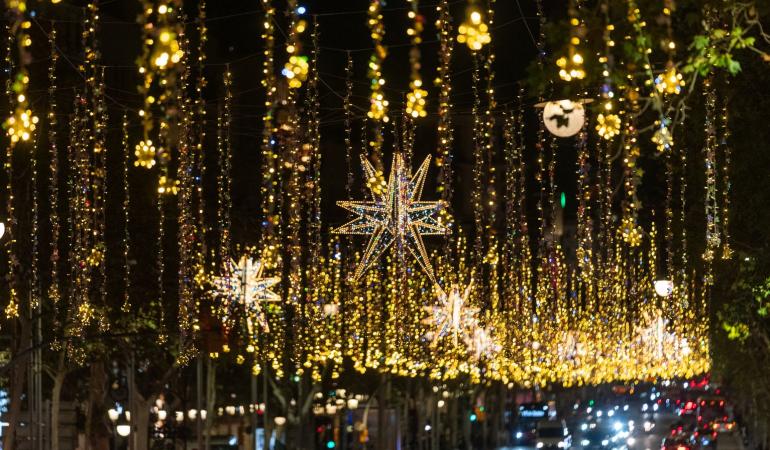Barcelona is a city that can be experienced both from the inside and the outside. All it takes is to look up while walking through its streets to discover true works of art. Beyond Gaudí’s most iconic creations, the city hides unique facades that tell surprising stories—small architectural gems that often go unnoticed. Today, we invite you to take a different kind of stroll: let curiosity guide you and discover some of the most distinctive facades in Barcelona… Hola Barcelona takes you there!
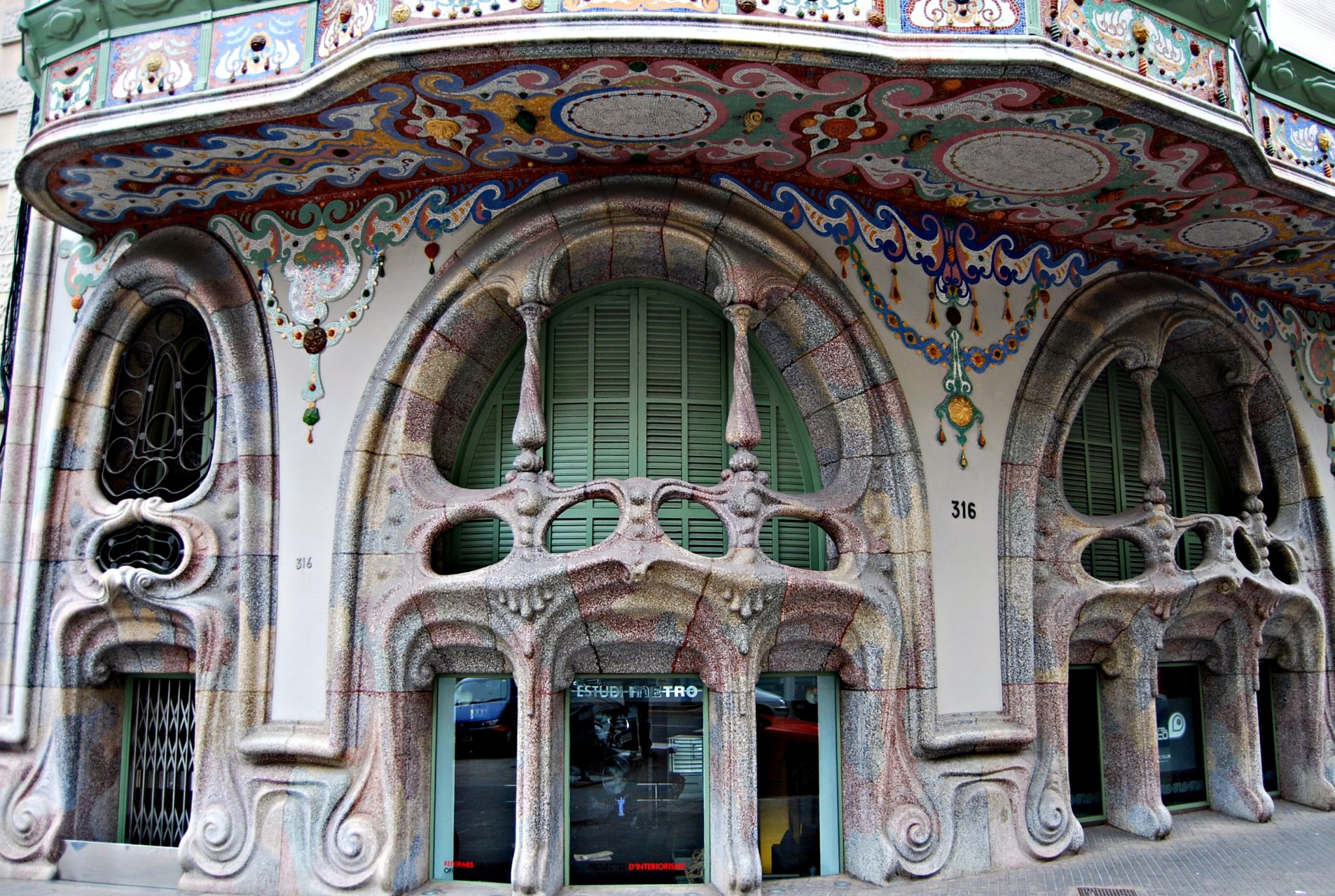
1. Casa Planells – A Modernist Corner on the Diagonal
At number 332 of Avinguda Diagonal, near Carrer Sicília, you'll find Casa Planells, a gem of late Catalan Modernism designed by Josep Maria Jujol, a disciple and collaborator of Gaudí. Unlike other grandiose buildings, this facade stands out for its simplicity and originality. Impossible curves, balconies that seem to float, and wrought iron details that intertwine organically create a unique and surprising ensemble.
The house was built in 1924 as a private residence and is a perfect example of how Jujol could create magic with limited resources. To this day, you can still feel the experimental and playful spirit that defines his work.
2. Palau de la Música Catalana – An Explosion of Ornamentation
Granted, it might not go entirely unnoticed, but the facade of the Palau de la Música Catalana deserves to be rediscovered slowly. This masterpiece by Lluís Domènech i Montaner is a feast for the senses: columns covered in mosaic, busts of composers, flowers, sculptures, and stained glass that intertwine with an almost musical harmony.
The Palau opened in 1908 as the headquarters of the Orfeó Català, and its facade already hints at what lies inside: a celebration of music, culture, and Catalan art. A curious detail? The sculptural group on the corner features a muse that appears to emerge from the wall itself, with a force and dynamism that seem to defy gravity.
3. Casa Comalat – Modernism’s Unknown Sister
Located at the corner of Avinguda Diagonal and Carrer Còrsega, Casa Comalat is one of the most curious facades in the Eixample district, often mistaken for a work by Gaudí. In reality, it was designed by Salvador Valeri i Pupurull between 1906 and 1911.
Its uniqueness? It has two completely different facades: one on Carrer Còrsega, more stately in style with straight and symmetrical lines, and another on Carrer Rosselló, full of undulating forms, brightly colored ceramics, and intricately crafted wooden balconies. It’s as if two buildings were fused into one, showing two faces of the same Barcelona.
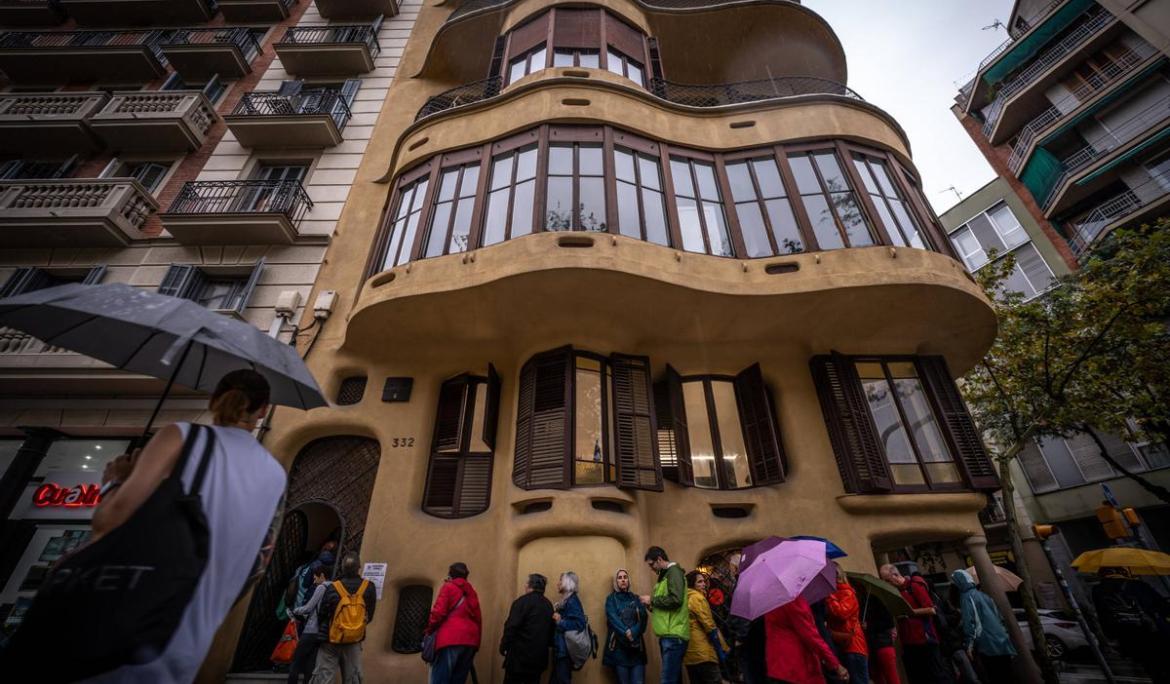
4. Casa Ramos – The Popular Modernism of Gràcia
In the heart of Vila de Gràcia, in Plaça Lesseps, stands Casa Ramos, a modernist building by Jaume Torres i Grau dating back to 1906. Despite being in a very busy area, its facade retains a charm that transports us to another era.
The building was designed as a multi-family residence for the middle bourgeoisie and stands out for its sgraffito work, wrought iron balconies, and organic shapes reminiscent of the Mediterranean forest. The story? It was one of the first buildings to integrate art into functional architecture, anticipating trends that would emerge decades later.
5. Walden 7 – Utopia in Concrete
Leaving the city center behind, we head to Sant Just Desvern, where architect Ricardo Bofill designed one of the most groundbreaking buildings of the 20th century: Walden 7. From afar, it looks like a red sci-fi castle, but up close it reveals a labyrinth of interior courtyards, walkways, and terraces that redefine the concept of urban community.
Inspired by B.F. Skinner’s book Walden Two, the building aimed to create a new way of living—more cooperative and human. Today, it remains a symbol of the utopian architecture of the 1970s, with a facade that seems to change depending on where you view it from.
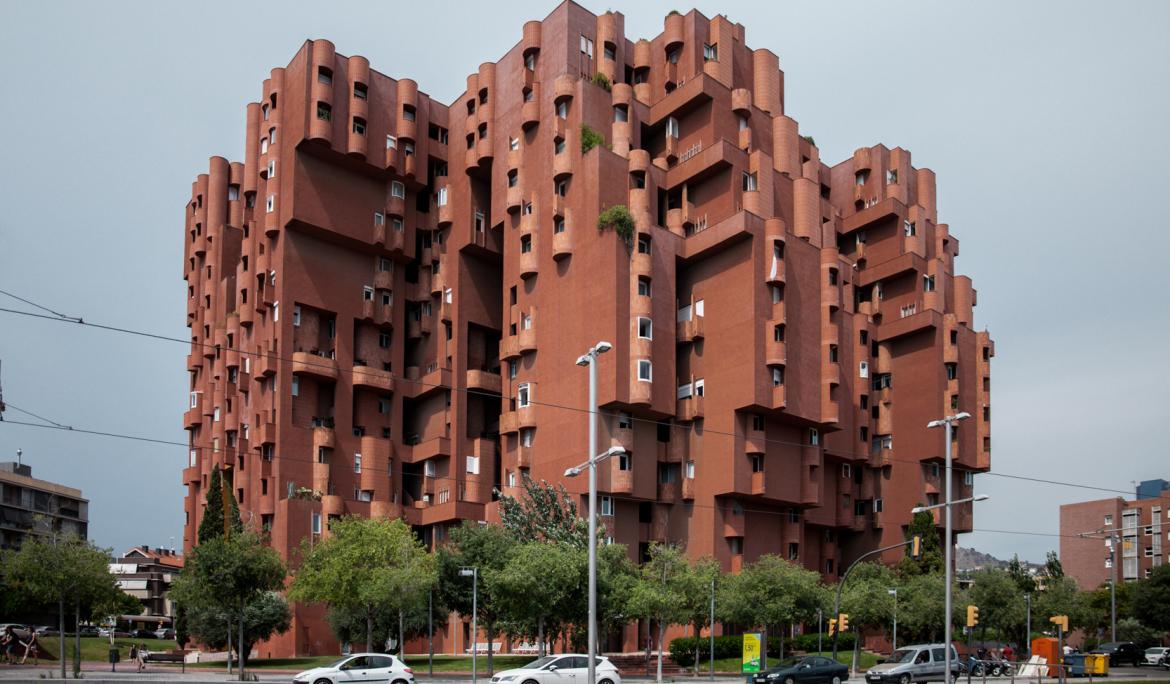
Barcelona is much more than just its ground floor. Walking through the city with your eyes wide open allows you to rediscover it every day—especially if you pay attention to those facades that, through their details and secrets, tell an important part of its history. Hola Barcelona takes you there!
